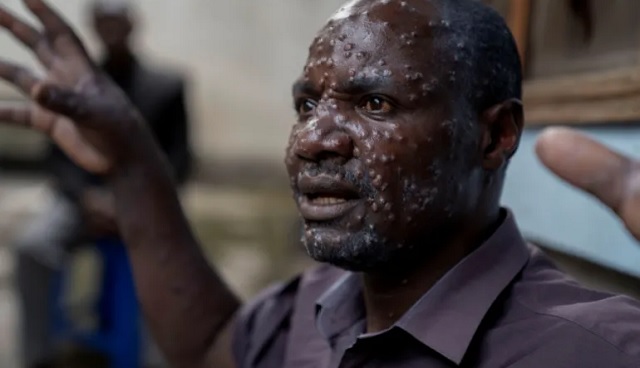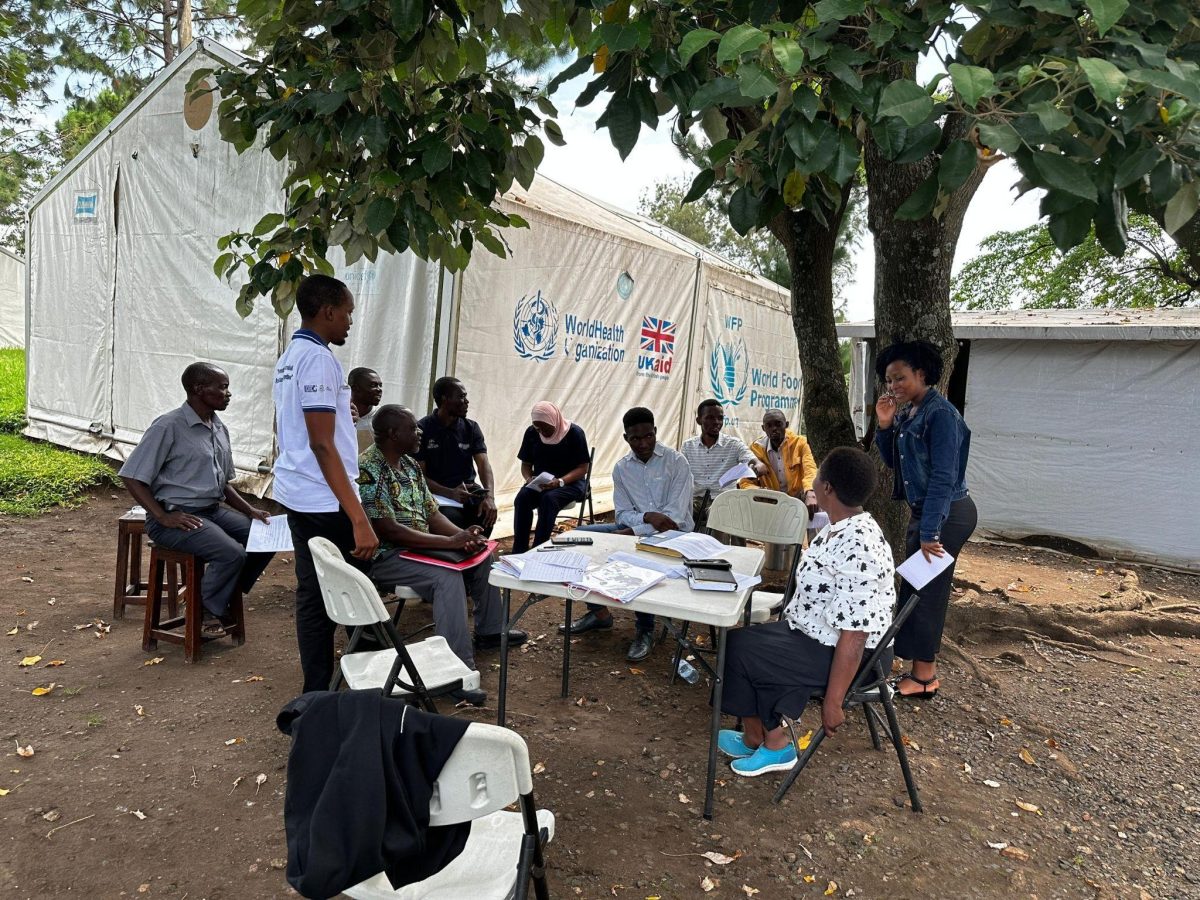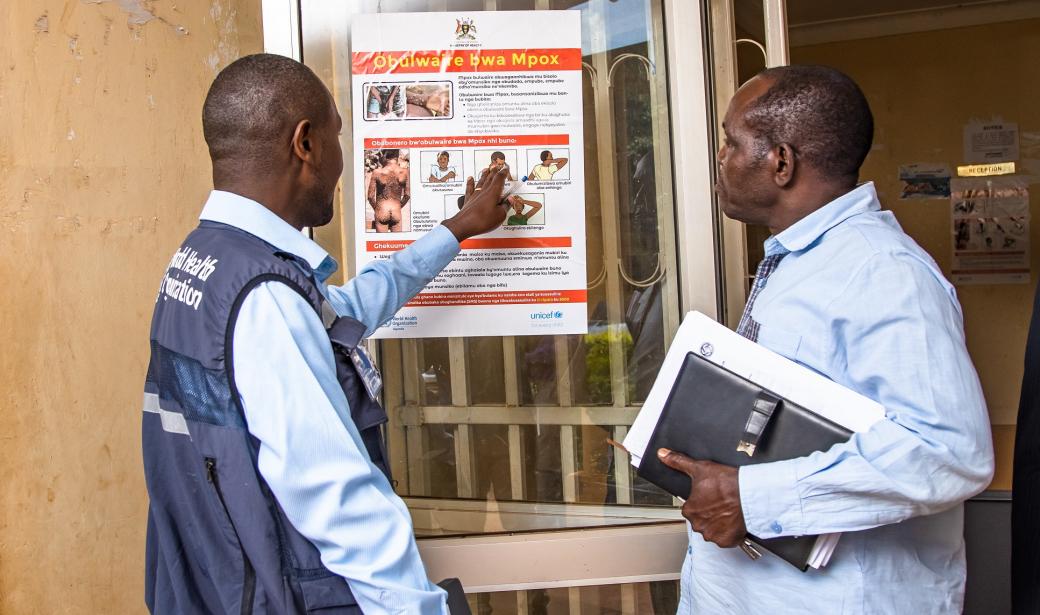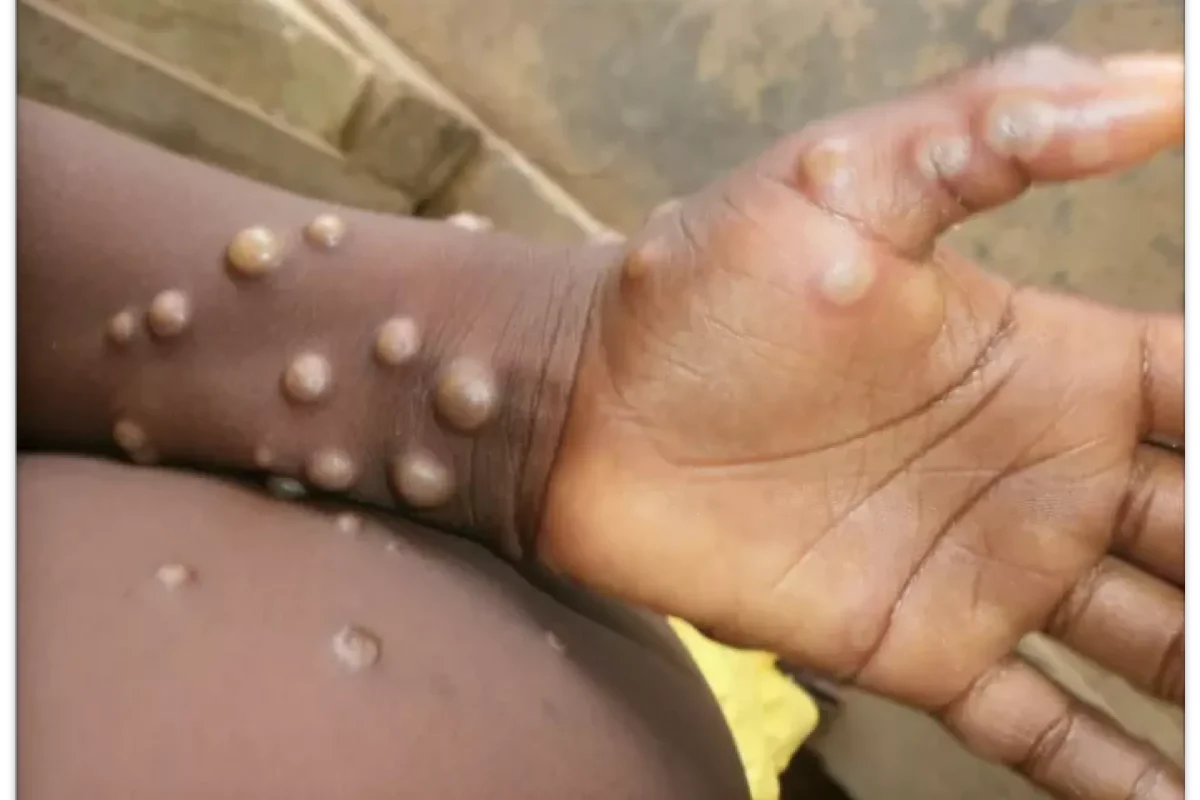On 24 July 2024, Uganda confirmed its first two Mpox cases in Kasese District, Western Uganda. The Ministry of Health declared an outbreak on 2 August, triggering a nationwide mobilisation that would test the country’s epidemic readiness. Mpox, formerly known as monkeypox, is a viral disease related to smallpox but generally milder. It spreads through close contact with infected people or animals and can cause rash, fever, swollen lymph nodes, and, in severe cases, death.
By mid-August, the Africa Centres for Disease Control and Prevention (Africa CDC) had declared the outbreak a Public Health Emergency of Continental Security. The World Health Organisation (WHO) soon followed with a Public Health Emergency of International Concern. Between January 2022 and June 2024, WHO recorded 99,176 laboratory-confirmed Mpox cases and 208 deaths globally, with Africa reporting 4,232 cases and 35 deaths.
In Uganda, the disease spread quickly. By 1 July 2025, active transmission was reported in more than 100 of the country’s 136 districts, with 65 districts registering new infections in the previous three weeks, according to the national situation report by the health ministry. Wakiso and Masaka City emerged as hotspots. By this time, over 40 deaths had been recorded, over half reported among people living with HIV, who faced a fourfold higher risk of severe illness.

The Ministry of Health led the response with support from WHO, World Vision, and Makerere University School of Public Health (MakSPH), among other partners, following WHO’s outbreak response framework that included, among its pillars, rapid coordination, surveillance, and contact tracing. The other pillars to guide national response to the epidemic are case management, deployment of emergency medical services, targeted vaccination, risk communication, community engagement, mental health support, and evidence-driven action.
For Uganda’s case, early coordination enabled quick deployment of surveillance teams within the hotspots, dissemination of case management guidelines, and broad public health messaging through radio, social media, posters, and community health workers as part of early intervention to contain the outbreak and control the spread of the virus.
MakSPH contributed to the efforts, one such initiative being its project titled “Assessment of the Mpox Outbreak Response in Uganda,” implemented under the Africa–Europe Cluster of Research Excellence (CoRE) in Pandemics and Shocks, with funding from the Government of Uganda through the Makerere University Research and Innovation Fund (MakRIF). Led by Prof. Rhoda Wanyenze, Dr. Rawlance Ndejjo, Mr. Steven Kabwama, Dr. Solomon Wafula, and coordinator Mr. Douglas Bulafu, the project assessed the response, identified gaps, documented lessons, and highlighted innovations to strengthen preparedness.

Research teams visited Kasese, Amuru, Mayuge, and Nakasongola districts, representing the different national regions, to collect data across WHO’s response framework. They interviewed district health officers, chief administrative officers, health inspectors, HIV and TB focal persons, implementing partners, surveillance officers, and facility in-charges and held focus group discussions with village health teams, health workers, and community members.
The assessment applied the “7-1-7” model, a framework for assessing and improving the speed of outbreak detection and response in public health. This tool prescribes detecting outbreaks within seven days, notifying within one day, and completing initial response actions within seven days. In their preliminary findings, some districts in Uganda met this standard; others had never heard of it, revealing a need for sustained training and capacity-building.
Field findings through the MakSPH initiative confirmed that Uganda’s early response benefited from strong initial coordination, effective surveillance, and community engagement. Risk communication reached diverse audiences, and community health workers, commonly known as village health teams, played a key role in linking communities to care, especially where trust in public facilities was undermined by drug shortages, long waits, and understaffing. Crucially, MakSPH ensured that real-time evidence from the field fed directly into Ministry of Health coordination meetings, enabling rapid, data-driven adjustments.
Still, gaps weakened the overall effort. Coordination waned over time as stakeholder meetings became less frequent. Vaccination plans stalled, with none of the assessed districts receiving Mpox vaccines despite their priority status. Surveillance and case management were constrained by limited transport, delayed laboratory results, inadequate isolation facilities, and shortages of essential supplies. Mental health and psychosocial support were almost absent, and inconsistent application of the 7-1-7 model hindered containment in some areas.

Important to note is that the outbreak underscored both the resilience and vulnerabilities of Uganda’s health system. It highlighted the value of early coordination, strong community engagement, and integration of research into operations, while exposing critical gaps in vaccine access, logistics, mental health provision, and sustained coordination.
District leaders and partners have urged the government to increase funding for local health departments, establish dedicated emergency health funds, train health workers regularly, ensure reliable supply chains for medicines and vaccines, strengthen surveillance, institutionalise the 7-1-7 model, and integrate psychosocial care into outbreak protocols.
Meanwhile, MakSPH’s work, through the CoRE Pandemics and Shocks-led project, showed that embedding research in outbreak response can sharpen agility, targeting, and accountability. The challenge now is to move from reactive crisis management to proactive system strengthening that will ensure that the next outbreak meets a health system that is better prepared, better resourced, and more trusted to save lives and protect communities.
By Bulafu Douglas & Jabim Philliam, with additional reporting from John Okeya



